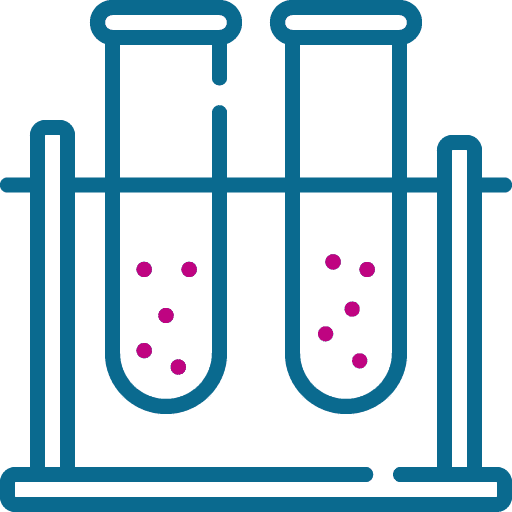C-reactive protein (CRB)
The C-reactive protein (CRB) test is used to detect inflammation when tissue damage or inflammation caused by infection is suspected.

What is the need for a study?
The C-reactive protein (CRB) test is used to detect inflammation when tissue damage or inflammation caused by infection is suspected. However, it is important to remember that the result of the test cannot identify the location of the lesion/inflammation in the body, nor can it diagnose a specific disease or determine the cause of the disease. In combination with other clinical information and other tests, CRB can identify acute or chronic inflammation. The source of the inflammation is determined by other tests, depending on the suspected cause. The high-sensitivity CRB test can be used to assess the risk of cardiovascular disease.
When should I be tested?
The C-reactive protein (CRB) test is used when a viral, bacterial or fungal infection is suspected, to assess the risk of infection after surgical procedures or operations, after trauma or bodily injury, burns, and in the presence of symptoms associated with inflammation, such as fever, chills, shortness of breath and increased heart rate.
The test is used not only to assess general health, but also to assess the course of chronic diseases (arthritis, lupus, inflammatory bowel disease, Crohn’s disease).
The CRB test can be repeated several times to assess the effectiveness of the treatment of inflammation, which should be reflected in a reduction in CRB levels.
What sample is needed for the test?
Blood is drawn from a vein in the arm.
How to prepare for the survey?
There is no special preparation.
What do my results mean?
High or increasing C-reactive protein (CRB) values indicate an acute infection/inflammation, but do not identify the site or cause of the inflammation. A high CRP level confirms the suspicion of a serious bacterial infection. In chronic inflammation, high levels of CRB indicate a worsening of the disease or ineffective treatment. In healthy people, the CRB is usually less than 10 mg/l. Most infections and inflammations of various origins increase CRB levels above 100 mg/l. If CRB levels in the blood decrease, the condition improves and the inflammation subsides. If the result is less than 10 mg/l, it means that clinically active inflammation is no longer present.
CRB levels may increase in late pregnancy and in women taking oral hormonal contraceptives or on hormone replacement therapy (e.g. estrogen). Higher CRB values are observed in obese people.
Related studies
ENG
Related conditions/diseases.
Arthritis, autoimmune diseases, inflammatory bowel disease, pelvic inflammatory disease, systemic lupus erythematosus, sepsis, vasculitis, meningitis and encephalitis, cardiovascular diseases.
You can consult our family doctors.



